MariCampaign
A downloadable game for Windows, macOS, Linux, and Android
Why "Maricampaign"
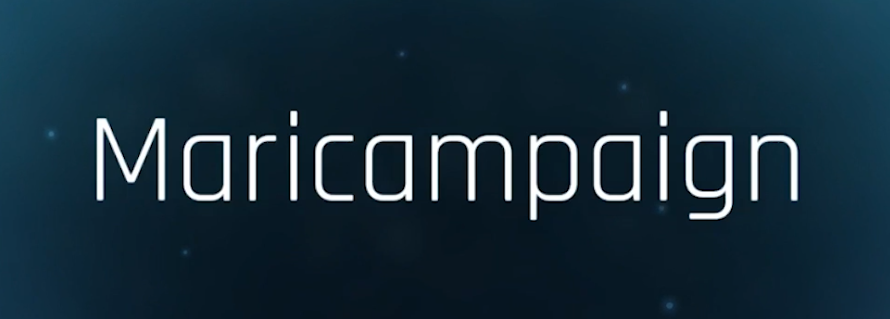
Though at first this game would be called battleships with my classmates, this name has already been picked and seemed to be an extraordinary success of board game in the US. By considering the "Naval battle", substitute both words into marine and campaign and connect them, so the final logo would be created.
Background
When I was an elementary school student, I turned to be a loyal fan the classic game “Monopoly”. Nothing is more fascinating and fantastic than the satisfaction received by a successful operation (Saving money to buy the most popular houses, receiving the charge when other players pass by, and reinvesting the money to buy assets). When I graduated to grade 7,what really led me to consider a lot was the “Battleships” played by Captain Haddock and Laszlo in the episode of “Flight 714” of the comic “The Adventures of Tintin”, as two players both had to guess the position of enemy ships and set fires. I bought this board game and played it with my classmates. Using strategies in deducing potential spaces in grids or testing players’ sayings, I finally won in the first battle.
Inspiration

“Battleships” was too tedious and drab for a while. After about 4 rounds, I found that this game was mostly based on luck to make assumptions and then attack, which could inevitably cause boredom. Hence, I germinated the idea to improve the “Battleships” by adding operational elements, so the game could be diversified and optimized in experience. While I did not have solid foundation in game design, my wish contemporarily became broken down.When I was in grades 8 in junior high school, with my own laptop, I had already been quite familiar with many strategy and operational games such as “Civilization” and “Scythe”. Being encouraged and suggested from like-minded classmates, I spent a week, by taking example of classic games like “Hearthstone” plus incorporating tons of my own ideas, to construct the first game proposal for Battleships, and finally the 1.0 version was born.
Core Mechanic
Maricampaign is a PVP game. The player wins by gaining 45 points or destroying the enemy's two aircraft carriers. To achieve the goal of victory, players need to develop strategies to gather resources, build military facilities and attack their opponents.
Brainstorm
To create a game based on Battleships but more strategic than Battleships, I have thought a couple of things:
- Different types of ships now have varying functions, not just different sizes like in Battleships.
- The battles of the ships are closer to reality. For example, they can move freely to any area.
- Naval wars are not limited to the battle of ships. The game also adds the confrontation between carrier-based aircraft and anti-aircraft weapons.
Design Goal
My goal was to design a highly competitive strategy game that would allow players to:
- Exercise verbal skills by confusing their opponents with misinformation.
- Optimize their strategy and management skills to achieve the ultimate victory.
- Learn to maintain a positive and healthy attitude in unfavorable situations and come from behind to win.
Game flow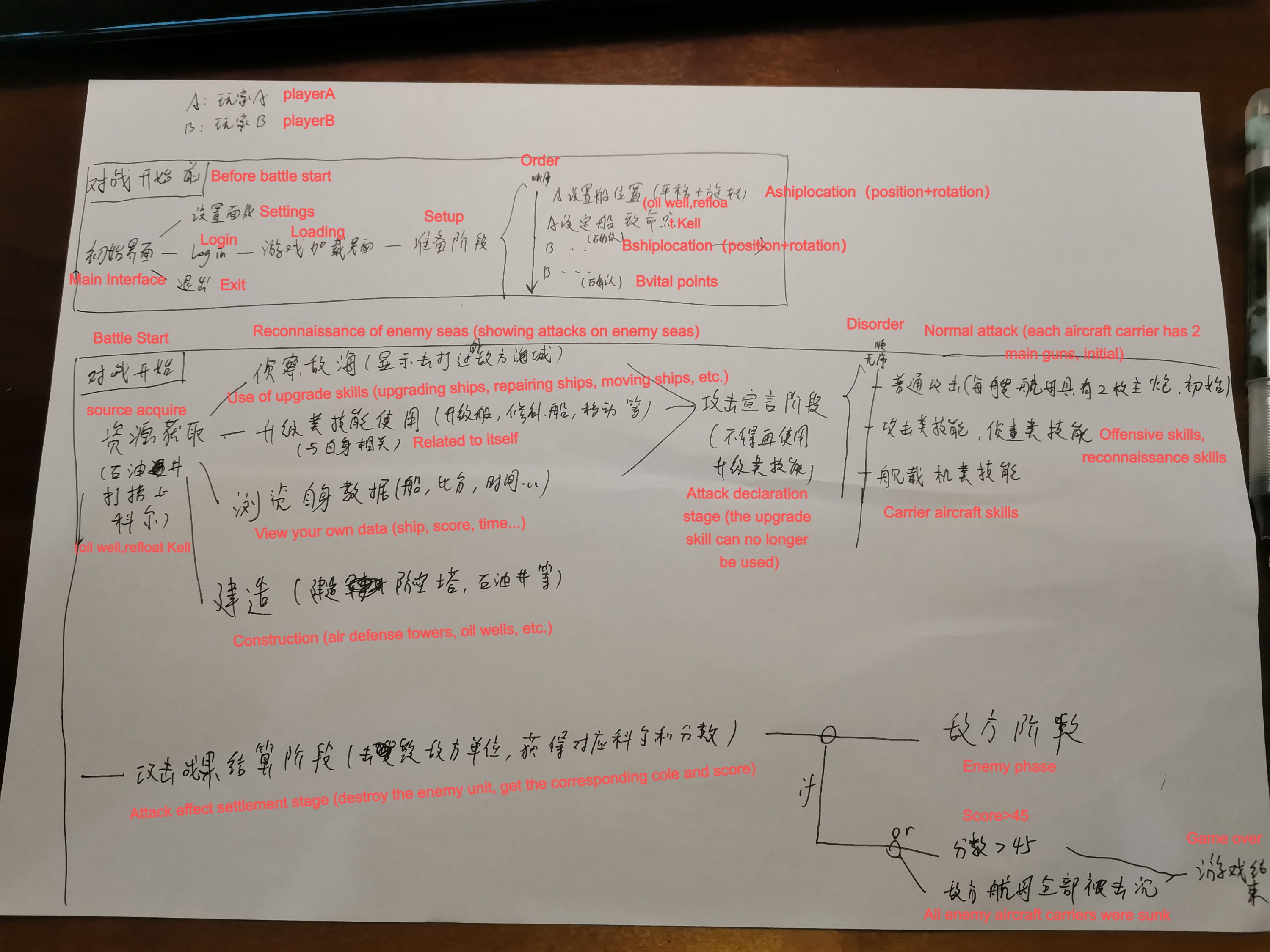
There are four phases.
The Resource Phase: Players gather resources called "Kell" from Oil Wells.
The Leisure Phase: Players can construct, renew military facilities or ships, or scan the opponent's sea area.
The Attacking Phase: Players can use multiple weapons to fight the enemy in a variety of ways.
The Result Phase: Both players get rewarding points and "Kells" by destroying their opponent's ships or buildings. The game ends if one player gains 45 points or destroys both aircraft carriers of his opponent.
Chess Board
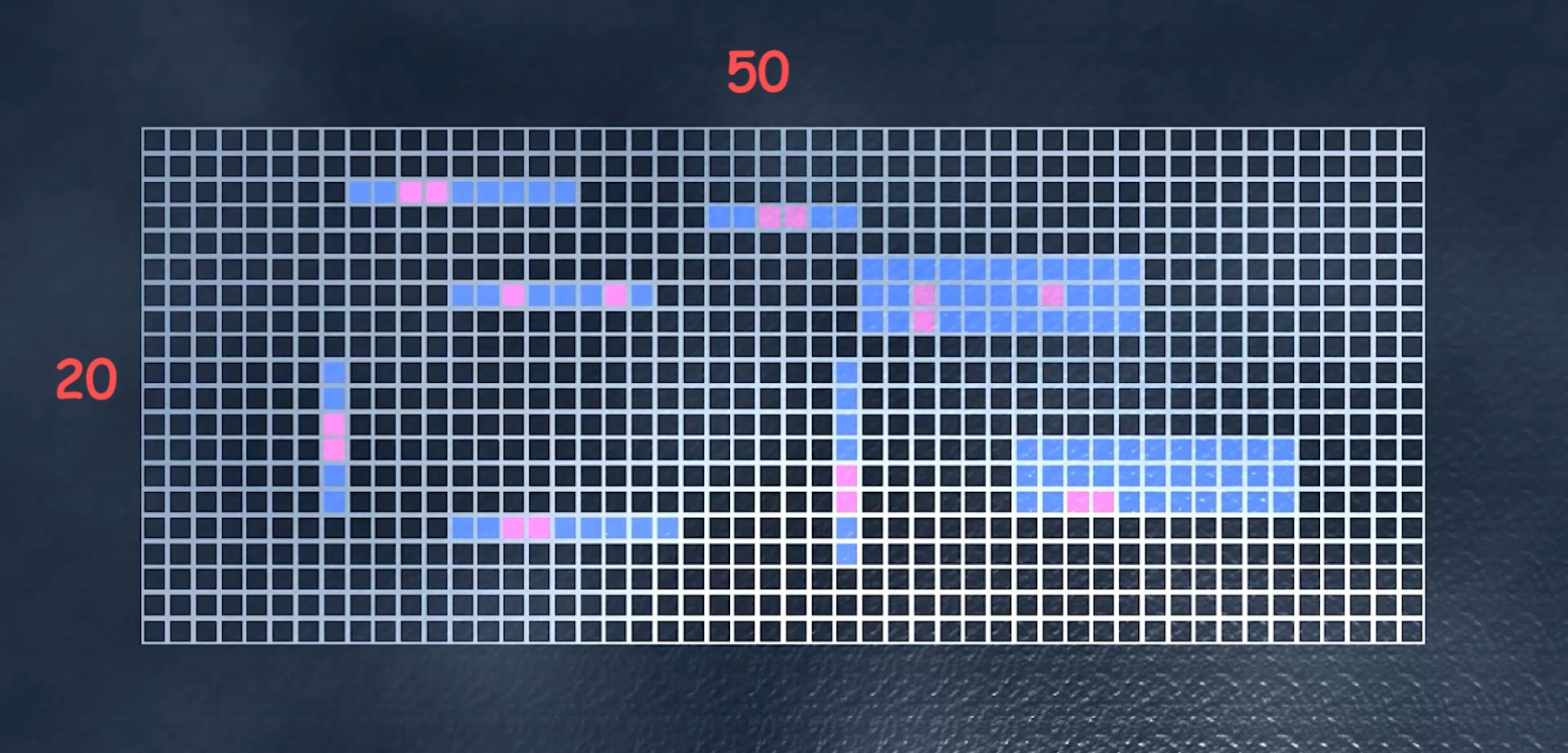
The chessboard was initially made by printing 15*25 grids on a paper sheet. When it turned to be the electric version, both the scale and appearance got altered a lot. The size has been increased to 20*50, as the size of the ships and numbers of fires got increased. Lines were made by super-thin rectangular blocks, as tones of them were regularly arranged. Also, the areas in each grid were shown as pieces of flakes. They were cloned inside the Grid Manager, so there could be only 1 entity for me to modify and add scripts on. Also, the color of the grid flakes would be verified due to different situations: intact, being scanned, being attacked, and being destroyed for certain ships or buildings.
Paper Prototype
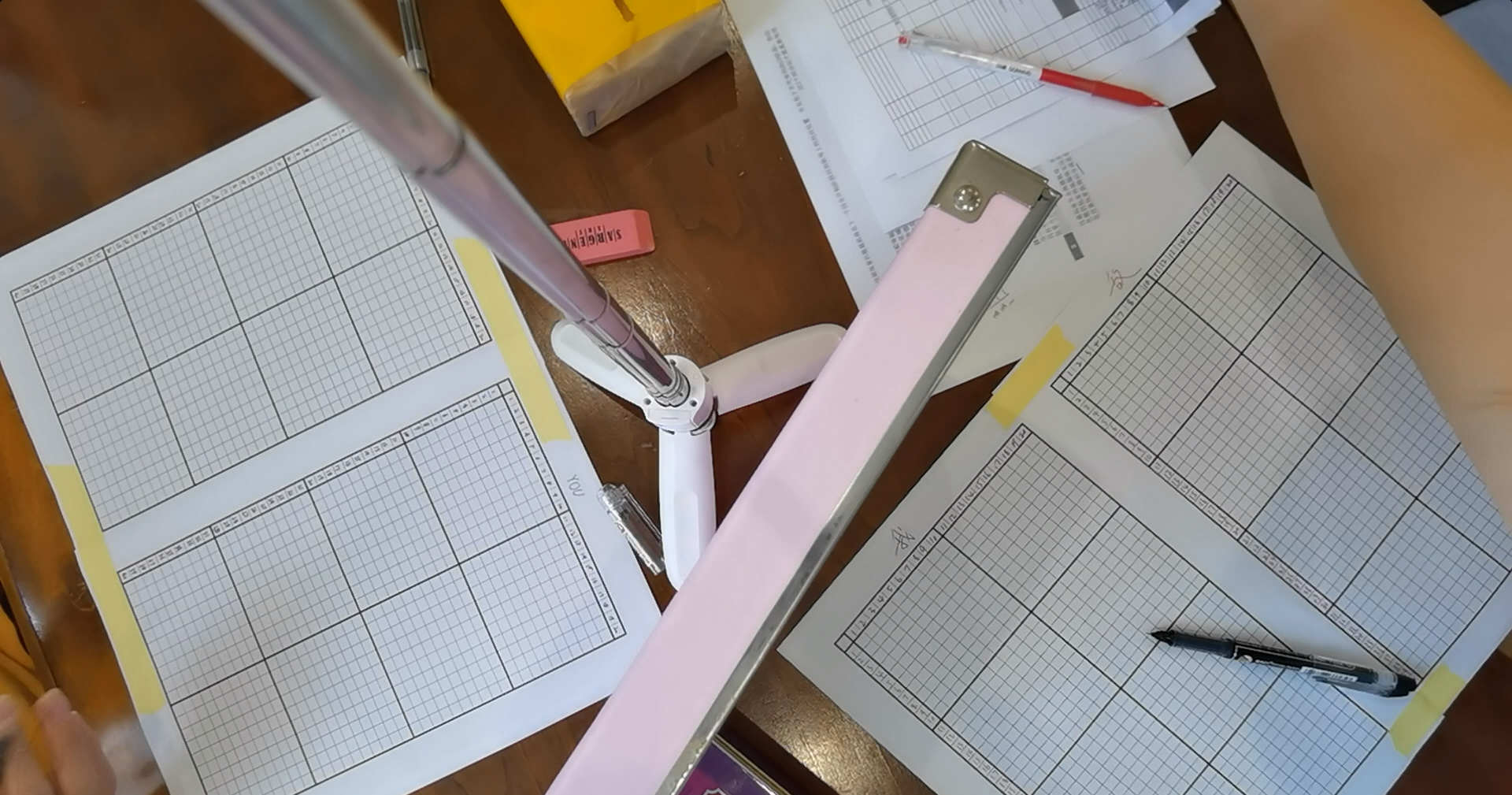
The first paper prototype is using 2 pieces of A4 paper with 15*25 grids, including 8 hollow squares to record the number of Kells. The score is recorded with markings at the right corner. First paper is used to record your distribution of ships and facilities (with markings of enemy’s attacking and scanning), second paper is recorded for enemy. Detailed descriptions for skills and ships’ properties are shown in a notebook for players to check freely.
The resource “Kells”, are recorded by the colored coins, so players could get coins from bank freely, and there is no issue for purchases.
Play tests
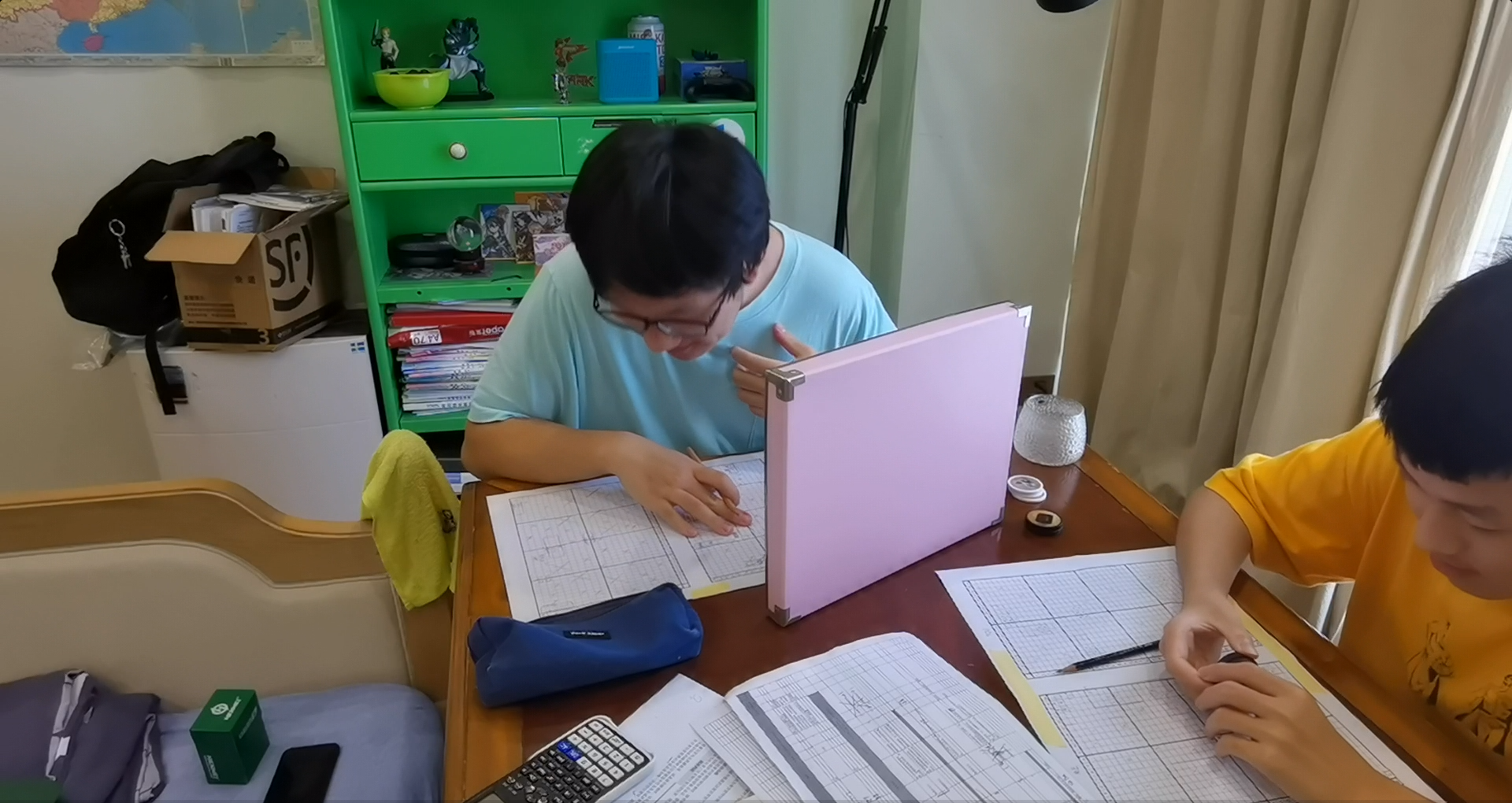
This is the first version of the game. I put a lot of ideas into the game, causing it to take too long.
- 1.0 Version: Maricampaign was designed during my junior high school period. I chose paper and pencil as the medium of the game, as it was the most accessible and easiest method for students to practice. The first version starts with 3 initial shots per turn, and each ship's skills need to be activated in a specific way: tech ships require their players to destroy 1 enemy ship (the last shot) to activate skills, including the construction of oil Wells (in the original version, the first Oil Well could not be deployed as free). Also, the area of the board was 15*25 grids, which was super extensive. In short, the game was incredibly lengthy. Several of our classmates played 1 hour at noon for two weeks (about 10 hours).
The game transformed from a paper prototype to a video game. The number of players allowed changed from 3 to 2. The biggest problem with this version is that the player's luck can dramatically affect the outcome.
- 2.0 Version: The game was ported to the computer, and basic functions were realized like basic attacks. The art and UI looked pretty good. What’s more critical was the game now restricted only 2 players, started with 1 oil well, initial 3 units of Kells, each ship had a cannon, and the size of both ships and boards increased (from 15*25 to 25*50). The reason for these alternations was the 1.0 Version was too lengthy, causing an extremely negative feeling. With modest initial resources, more frequent attacking chances, and no activation for skills, the gaming time could get largely cut. Also, the Critical Point system was added to speed the game up and improve entertainment.
This version reduces the influence of luck in the early game and increases the playability of the late game.
- 3.0 Version: 2.0 had a fatal issue, which during early stages of the game, luckily played a huge role in determining a player’s fate, and it was almost the dominant factor of the game. As the initial fires were too strong and located on each ship, like in our test, once Willian destroyed 2 Eric’s ships during the second round, Eric would permanently lose 2 attacking chances (his ships were destroyed totally by luck). The vicious circle could hence be formed, and Eric on the weak side could improbably turnover. Therefore, the total initial attacking cannons were reduced to 4, located on aircraft carriers. Because aircraft carriers were less likely to be completely sunk (higher HP, lower Critical Points, and players would try their best to rescue it), the loss of ships during early periods would cause extremely detrimental effects to the following rounds, and the game pace could be reduced, so more operational strategies and long-term weapons could appear during the game.
About Future
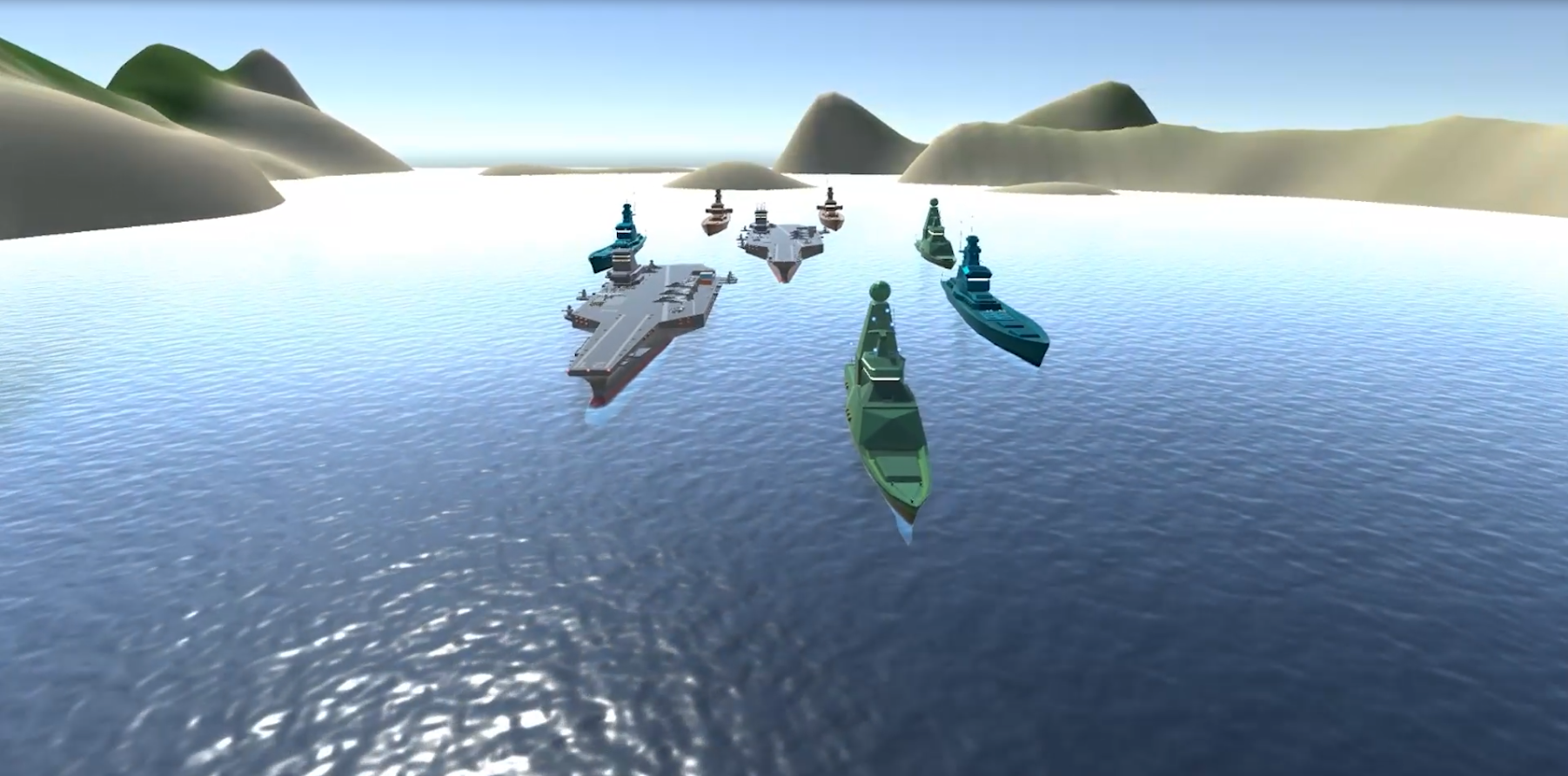
Although players can already experience more content than Battleships in the current version of the game, I want to keep updating and upgrading my game in the future. As I gain more programming knowledge and skills, I want to add an online mode to link players who cannot meet offline. Finally, I hope that one day the game will be available on Steam, in which case more people will recognize my efforts and skills.
Reflections on game design
Playing games is fun, but it doesn't last long. No game can always entertain players. However, designing a game for others to enjoy could give the creator a great sense of satisfaction and happiness. An idea that people recognize and want to play with is the highest achievement for the creator. I have to admit that the process of learning technology and making games are painful. I thought about giving up, as it consumed a lot of time. But after completing small objectives like finishing the UI system with fancy-looking materials, realizing that the fantasy in primary school could come true, and being appreciated and recognized by everyone, I am strongly motivated to develop this game further.

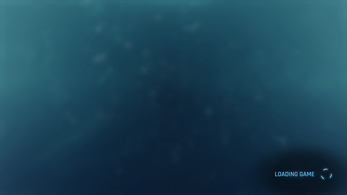
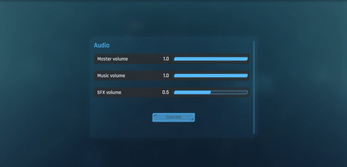
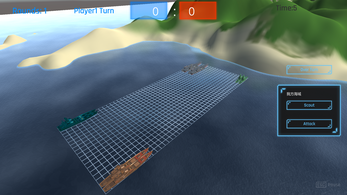
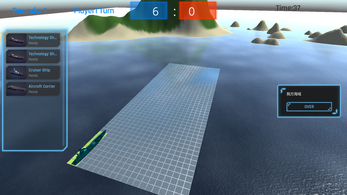
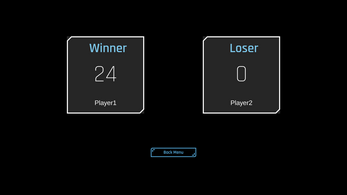
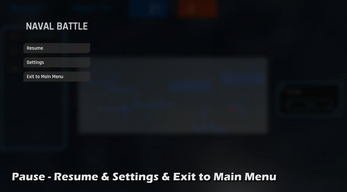
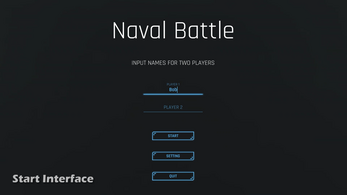
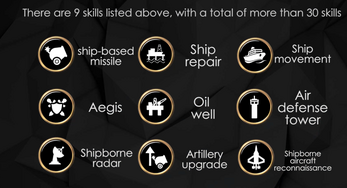
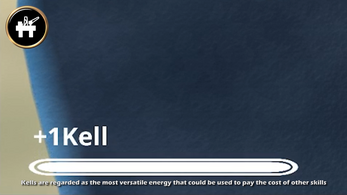
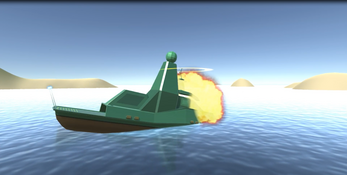
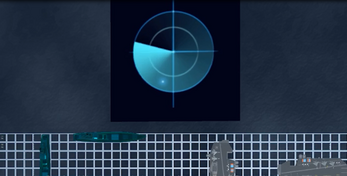
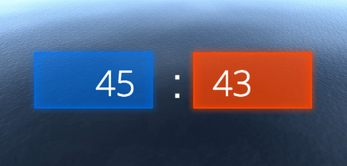
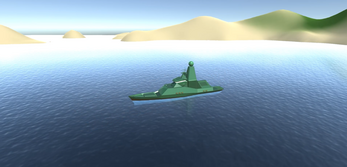
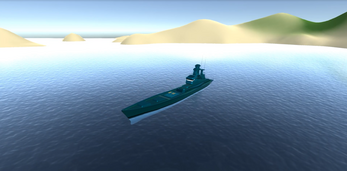
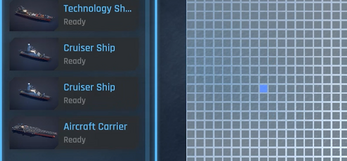

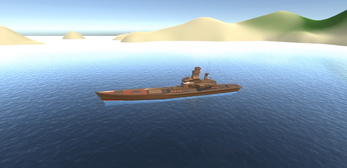
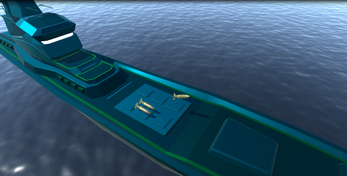
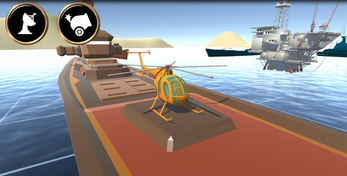
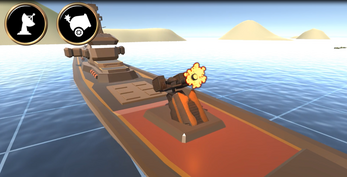
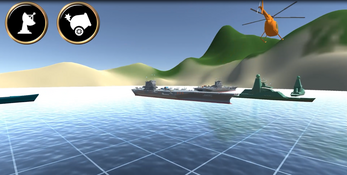
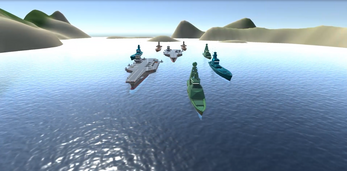
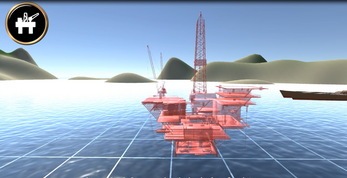
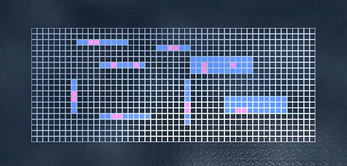
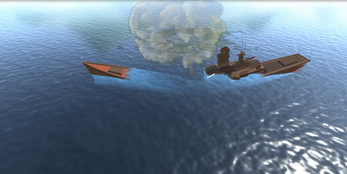
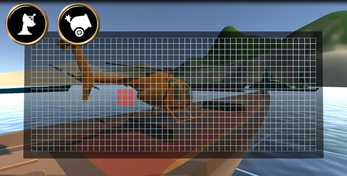
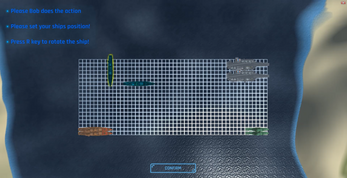
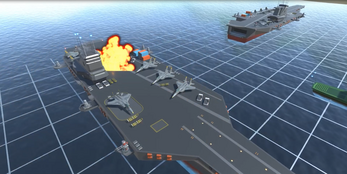
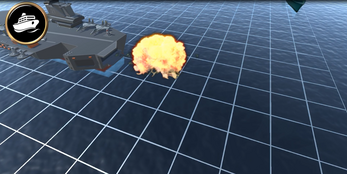
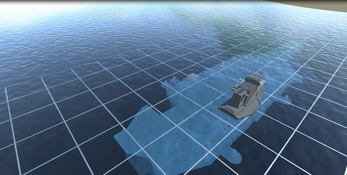


Leave a comment
Log in with itch.io to leave a comment.